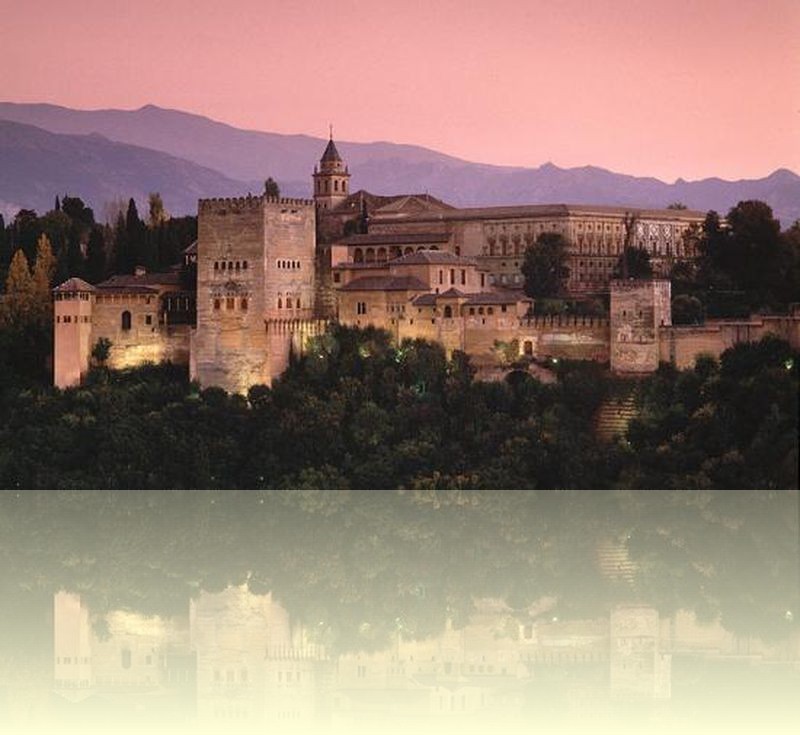

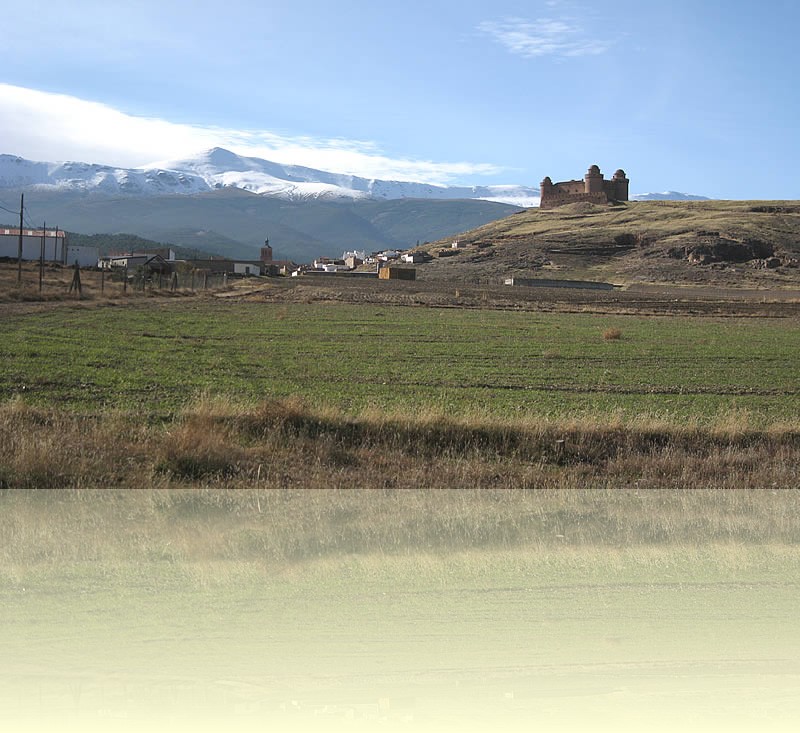
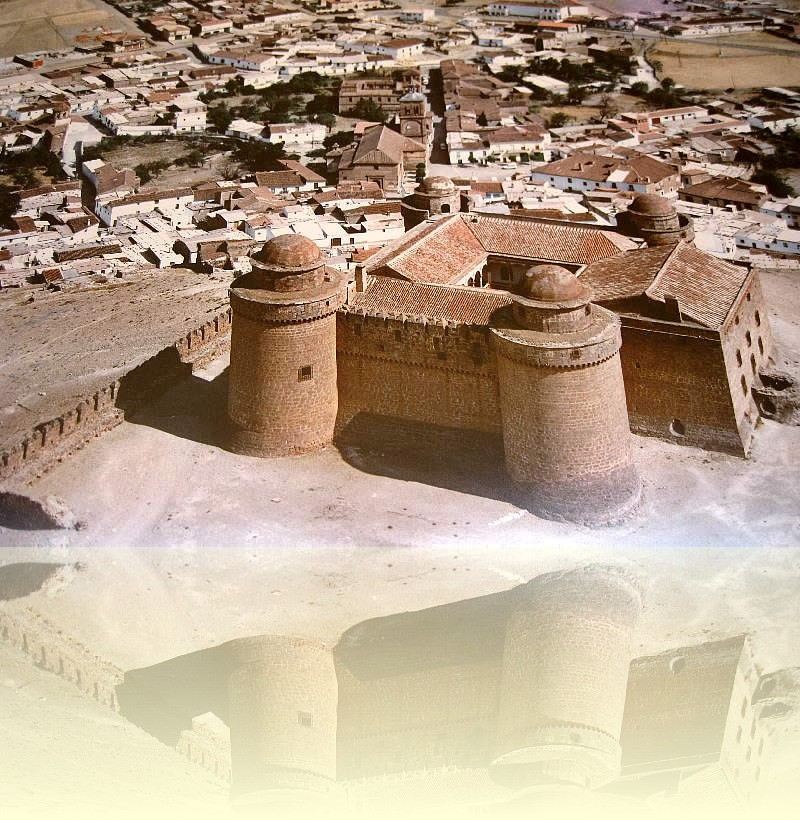
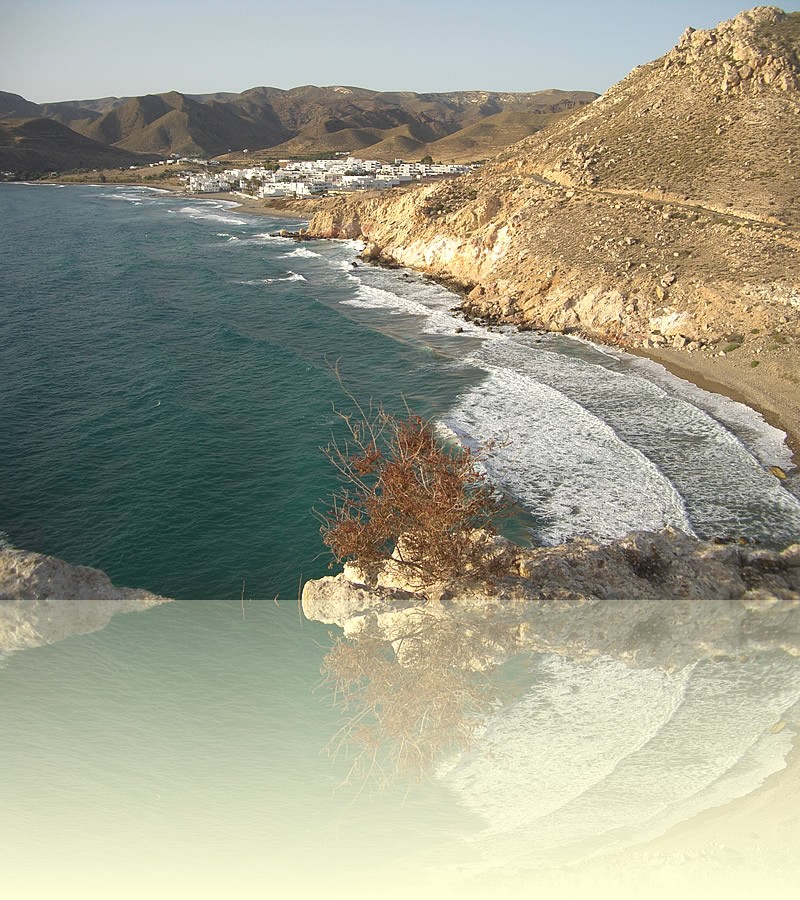
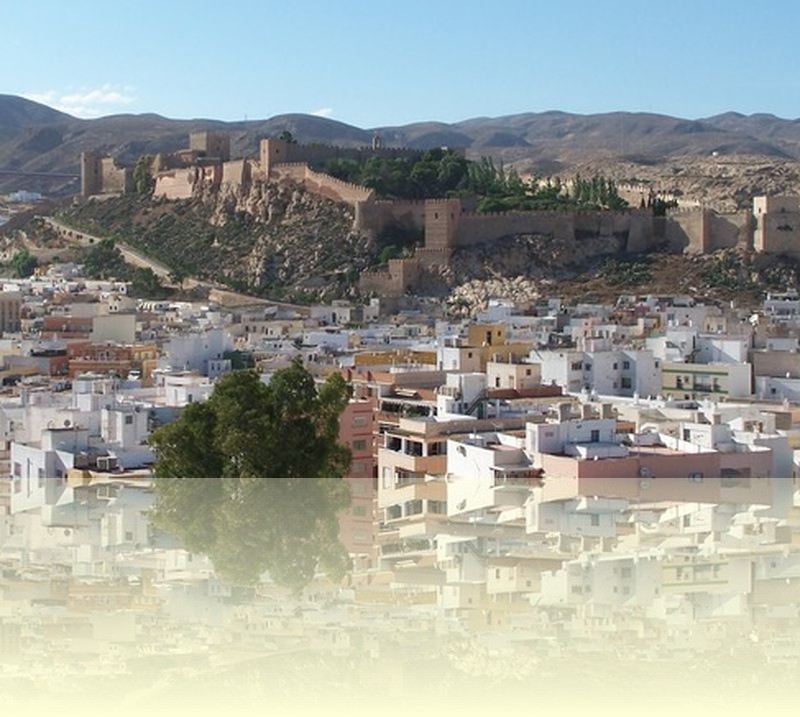
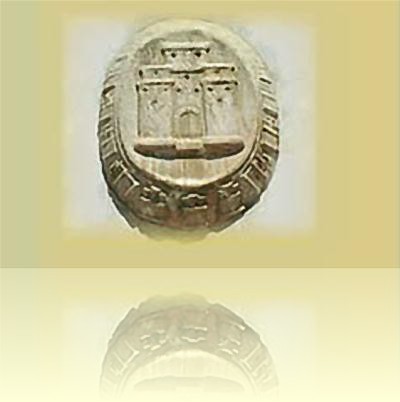

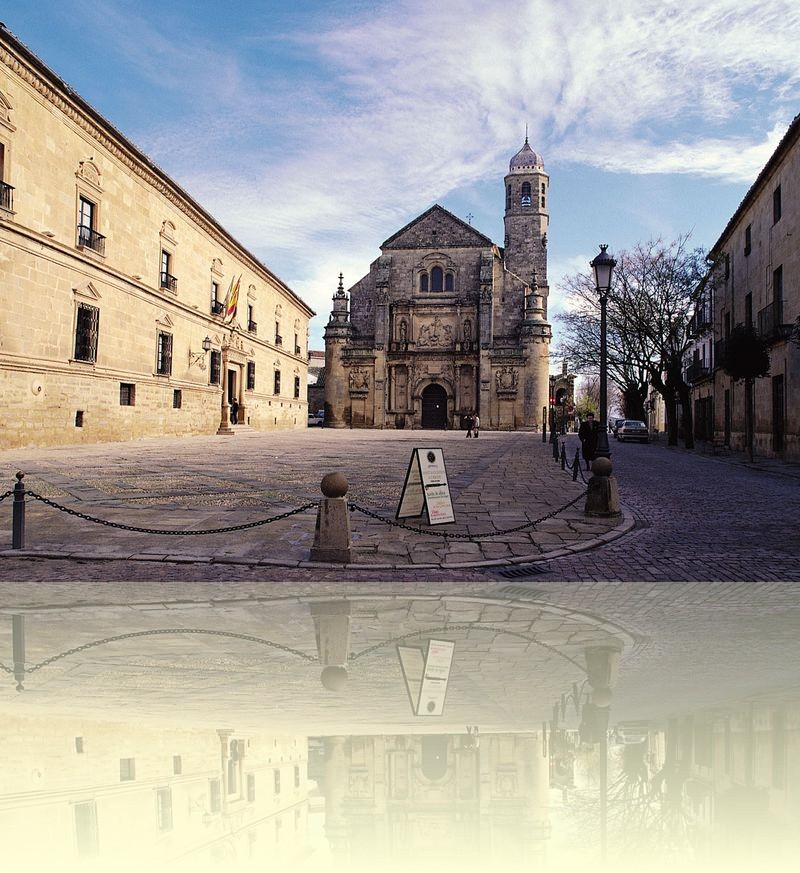
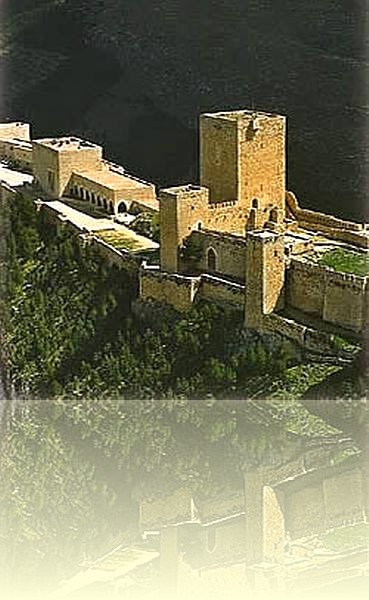
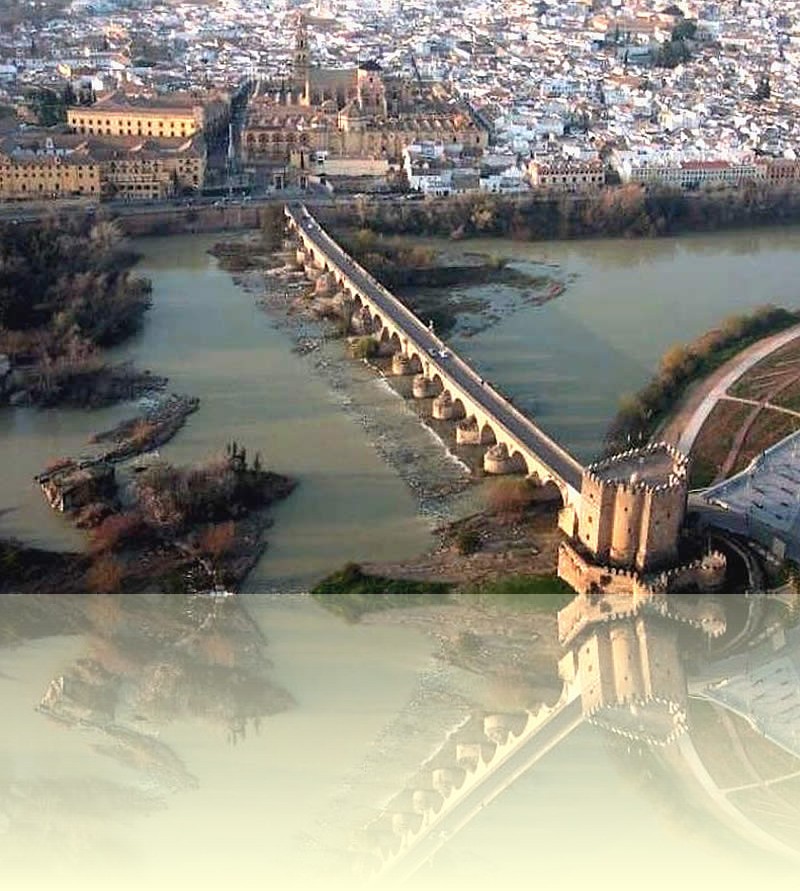
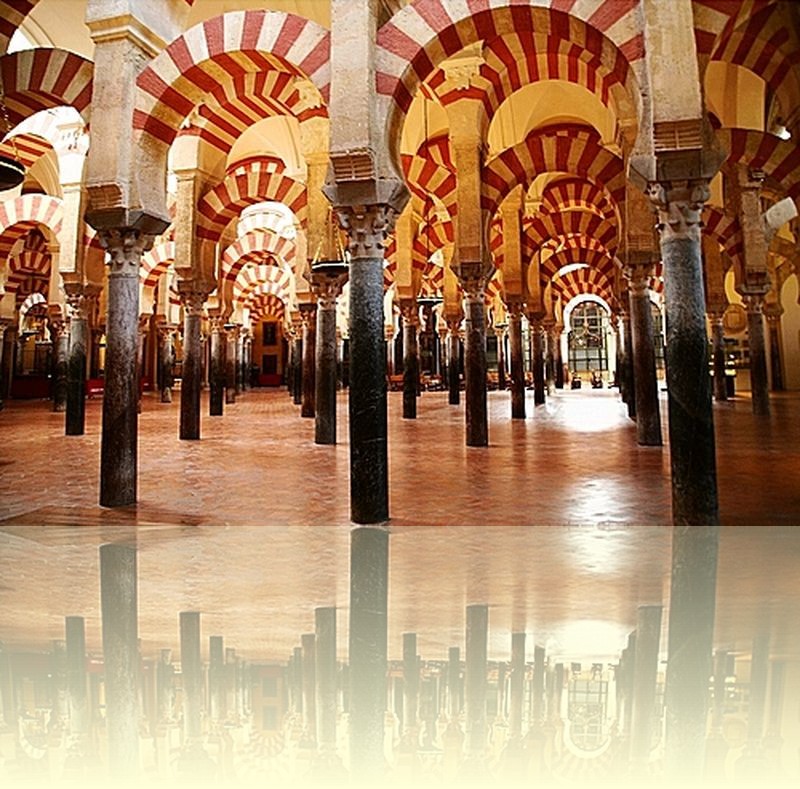
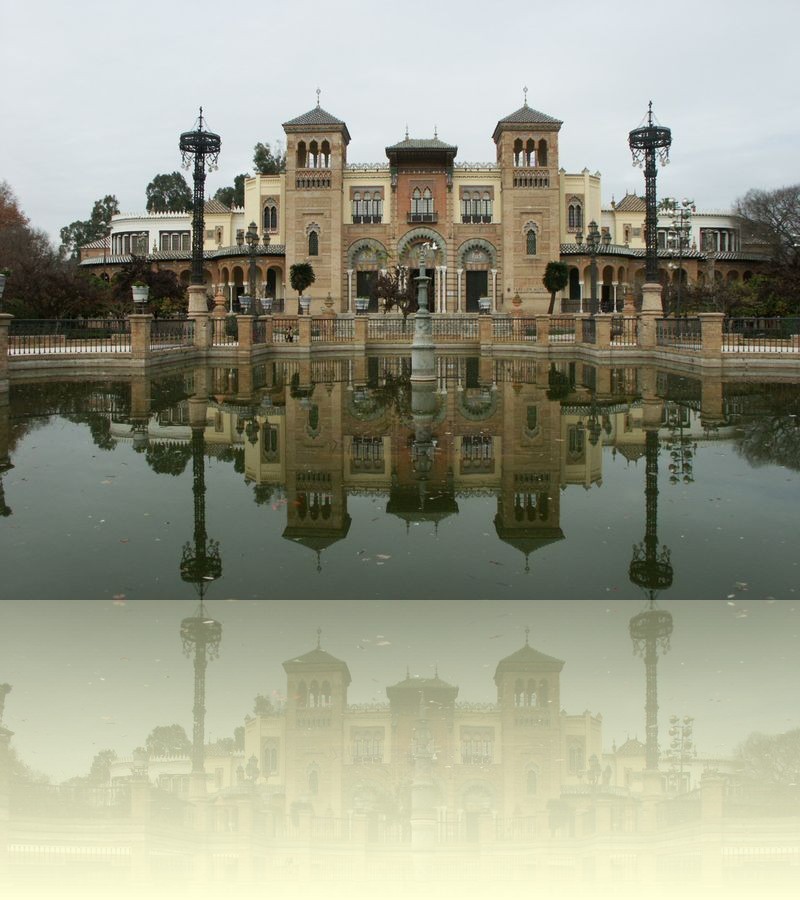

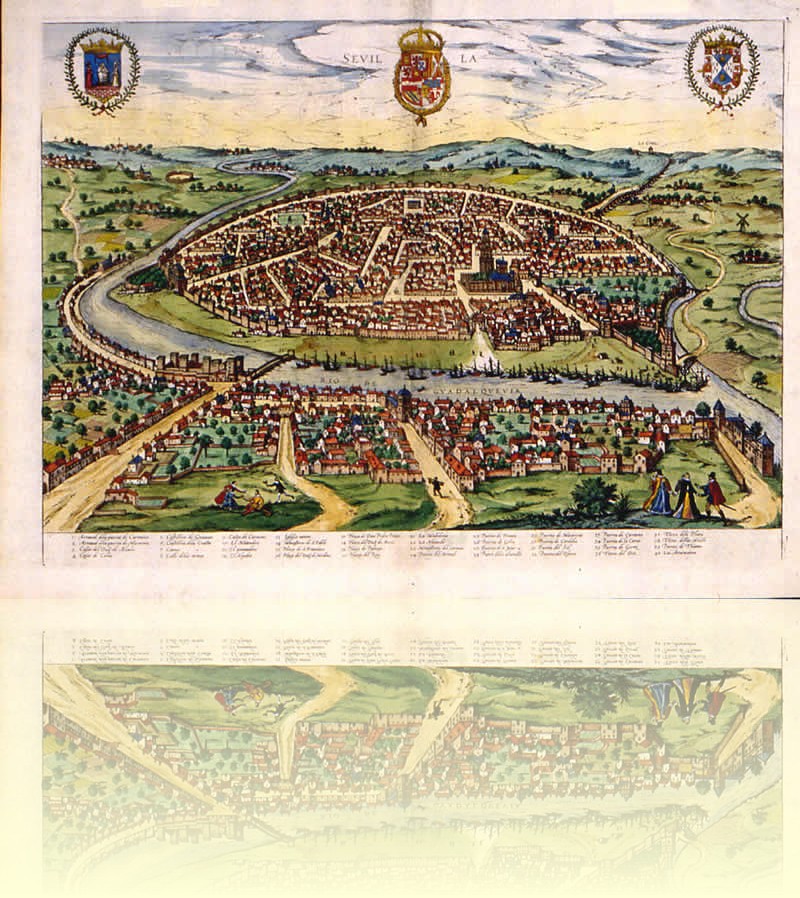
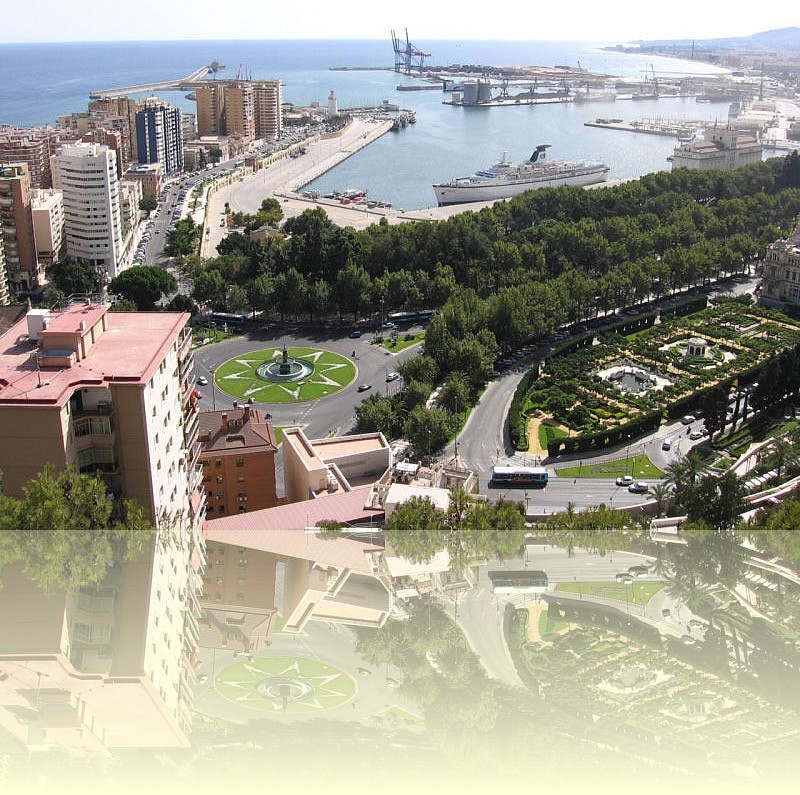
Granada
The provincial capital city of Granada with its national monument Alhambra, is divided by the river Darro which runs underground in the city centre. The city was founded by the Visigotes in the third century BC whose domination ended in 711. It was the only surviving bastion of Islam in Spain until the last sultan of Granada had to relinquish the city to Ferdinand and Isabella at the treaty of Santa Fé in 1492. In the same way that the Alhambra palace was built during the Nasrid dynasty, a lively cultural environment was able to develop in the densely populated and wealthy city. Likewise the new Spanish powers were able to enrich Granada with splendid renaissance and baroque buildings.
Today the Alhambra is probably the most visited historical architectural monument in the entire world. Across the river from the Alhambra is the atmospheric Arab quarter of the Albaicín. The main sights here are the Arab baths, the Renaissance Casa de Castril and the Church of San Nicolás from where the views of the Alhambra and the surrounding countryside are outstanding. In the town itself visitors should not miss the Gothic Capilla Real (Royal Chapel) built by Ferdinand and Isabella as a mausoleum and a symbol of their triumph over the Moors. The adjoining cathedral, built over several centuries, is impressive because of its proportions.
Where and how to get an entrance ticket: click here
Panoramic view of the Alhambra; click here
Exhibition of M.C. Escher in the Chapel of the Palace of Charles V,
and in the Parque de las Ciencias - Eschergranada.com
Almería
The capital Almería of the province with the same name is a former Roman port, dominated by its Moorish castle, the Alcazaba. Attractions here include the 16th-century Cathedral and the Church of Santiago el Viejo. The main resorts of Roquetas de Mar, Aguadulce, the natural park of El Cabo de Gata and the town Mojácar lie east and west of the town.
For more information please click here
Baza
Baza is a city of about 20,000 inhabitants, the economical centre in the north of the province of Granada. It has archaeological remains of the ibero-Roman city of Basti and its two necrópolis. In one of them the famous Lady of Baza was recovered. The monumental buildings, like the arabian baths, makes the city of Baza of great archaeological and historical value. The environmental surroundings of Baza offer a diversity of landscapes; from its mountain range, declared Natural Park in 1989, to almost desert like badlands, steppe land on the high plateau, and the oasis constituting its fertile valley. These natural values related to the peculiar traditional architecture of the house-caves, today a source of development of rural tourism, or the uses and customs related to agriculture, the cattle ranch and the mining; makes a visit to Baza worth its while
Ubeda and Baeza
Ubeda and Baeza, two neighbouring cities at less than two hours by car from Granada, are valued as two of the best examples of Renaissance town planning in Spain. These cities experienced enormous prosperity during the 16th century. In Ubeda, the aristocracy, exalted to the highest of the imperial spanish administration, behaved as real Renaissance patrons, imitating Italian families like the Medici from Firenze. These families wanted to be surrounded by beauty, supplying Ubeda with sumptious palaces. The most distinguished is the Palacio de Jabalquinto, its ornamentation clearly revealing Mudejar influences.
Baeza had a powerful town council at the time, decided to show her influence with impressive public buildings such as the Pósito (public granary), the Alhóndiga (corn exchange), the meat market, the prison, etc. An outstanding monument is the Capilla del Salvador, a fine example of Plateresque architecture. The Catholic Church also decided to beautify her more important buildings, such as the Churh of Santa Maria in Ubeda, and the Cathedral of Baeza. The result was a pure classicism that can be compared to churches of north Italian cities.
Nearly all the buildings in Ubeda, and quite some in Baeza, must be related to one man, the architect Andrés de Vandelvira; who was very knowledgeable on the Italian Renaissance architecture. He was honored by several patrons in Ubeda and Baeza, who permited him to show his original and varied ideas: an evolution from the Plateresque, passing through Clasicism, to the sober Italian Renaissance building stylisms.
The most monumental ensemble in Ubeda is to be found at the Vazquez de Molina Square. It is considered being one of the most beautiful squares in the whole of Spain. Two churches and four palaces stand out in this square, giving even more splendour to these buildings of nobility, when constructed during the 16th century.
Jaén
Jaén is the ancient capital of the province of the same name. The city is rich in historic buildings and art treasures; the Provincial Museum, the Cathedral, the Castle of Santa Catalina and the 11th-century Moorish baths among them.
Córdoba (Cordova)
Founded by the Romans, Córdoba's heyday was during the early Moorish period when it was reputed to be the most splendid city in Europe. The Great Mosque the Mezquita built between 785 and 1002 is the main tourist attraction. Highlights include the Great Hall, characterised by delicately carved horseshoe arches of alternating white stone and red brick, the Patio de Los Naranjas, the Abolutions Courtyard still shaded by orange trees and cooled by fountains, and the Mihrab, (prayer niche). In the 16th century the mosque was transformed into a Christian church with the building of a Renaissance Choir. Other reminders of Cordoba's history are the old Jewish Quarter which boasts a 14th-century mosque (one of only three in Spain), the archeological Museum with its substantial Roman and Moorish finds and the area by the river. Just outside Córdoba are the remains of the palace of Medina Azaha which is worth your while to visit. The site is still being excavated.
Seville (Sevilla)
The regional capital is Seville, one of the largest cities in Spain, bearing numerous traces of the 500 years of Moorish occupation. Seville is the romantic heart of the country, the city of Carmen and Don Juan. It's cathedral is the largest Gothic building in the world and has a superb collection of art and period stonework. Christopher Columbus is buried here. The cathedral bell tower, known as the Giralda from its crowning weather vane was originally a minaret and observatory. The climb is worth the effort for the commanding views. Of great importance is the Alcázar, the palace-fortress of the Arab kings and one of the finest examples of Mudéjar (Moorish) architecture, mostly dating from after the Christian re-conquest. Seville's other sights include the Alcázar gardens, the evocative neighbourhood of Santa Cruz with its white-washed houses and tiled patios, and the Torre de Oro, part of the Arab fortifications and later said to have been covered with gold leaf imported from the Americas. Holy Week in Seville embodies the religious fervour of the Spanish and is one of the most interesting festivals in the country. Early booking for accommodation at festival time is essential. Holy Week is followed closely by the famous April Fair, during which couples parade the fairground mounted on fine Andalucian horses, dressed in the traditional flamenco costume. Drinking, eating, song and dance are the order of the day for the whole week and the fairground with its coloured lanterns and casetas bordering the streets is a continuous movement of colour.
Málaga
Usually regarded as little more than the gateway to the Costa del Sol, Málaga is an attractive and lively city with plenty to interest the passing visitor. The birthplace of Spain's greatest 20th-century artist, Pablo Picasso, it is now home to the newly opened Picasso Museum which exhibits an important collection of his paintings. His parents' house is also open to the public. Other sights worth a look are the unfinished Cathedral (16th-18th centuries), the Tropical Gardens and two restored Moorish castles, the Alcazaba and Gibralfara. Marbella and Torremolinos, the main resorts of the Costa del Sol, are overdeveloped, but it is still possible to find a relatively uncrowded beach further afield. In the same province is Nerja, known as the 'Balcony of Europe' on account of its having a promontory look-out which is perched high above the sea with commanding views of the Mediterranean. It is also the home of well-preserved prehistoric caves. Excursions can be made from Málaga to the old mountain town of Ronda, spectacularly situated on a gorge in the Sierra de Ronda.
Reservations at Viña y Rosales
Staying longer than three nights, please make use of the bookingform: click here
